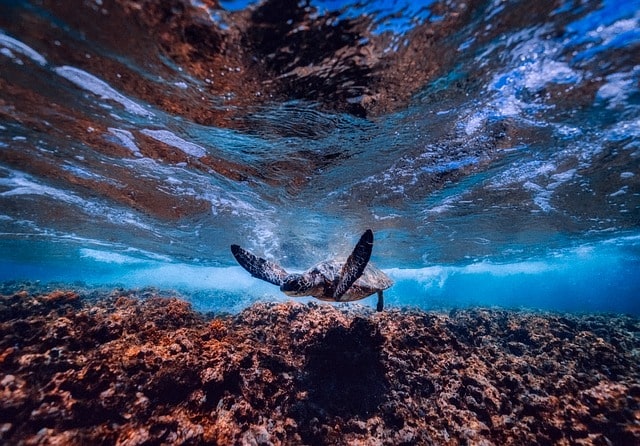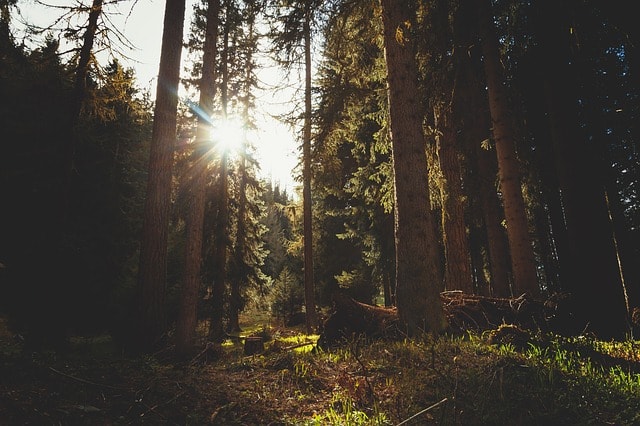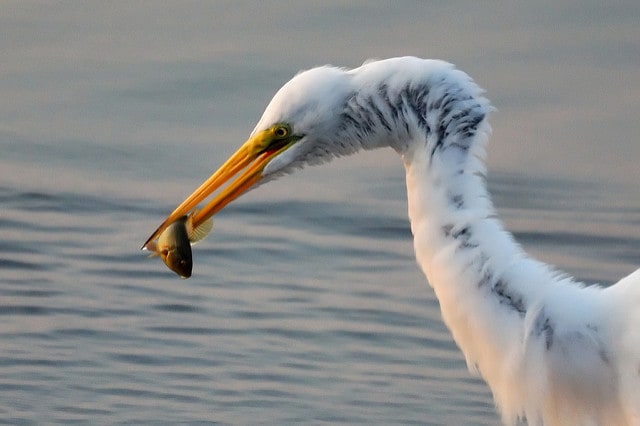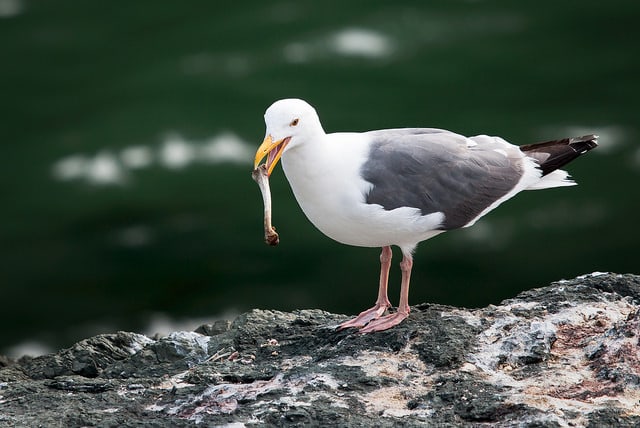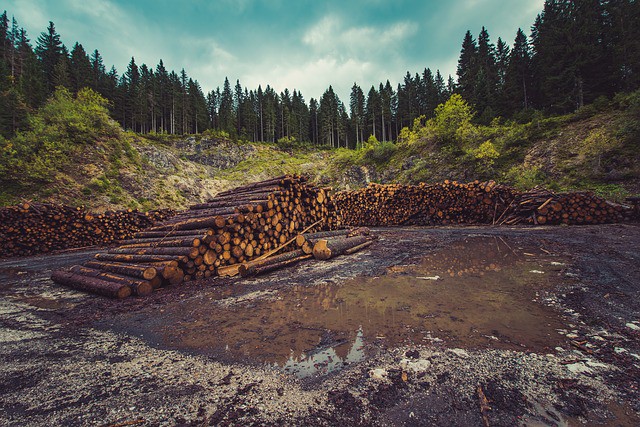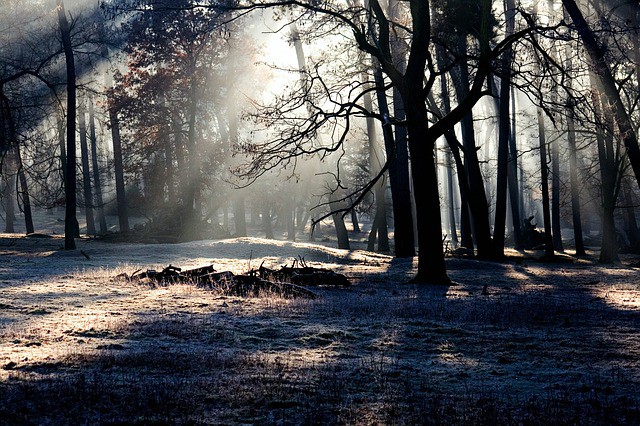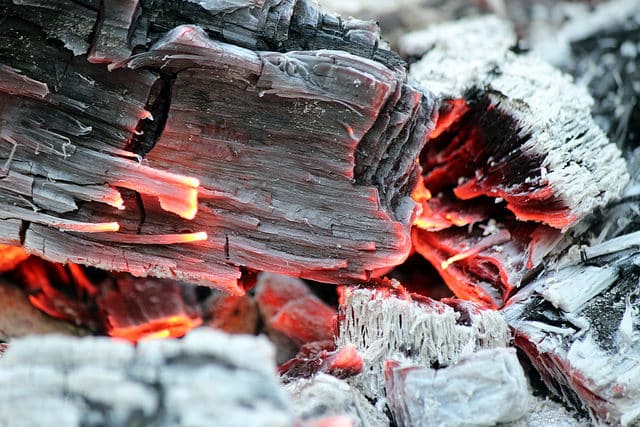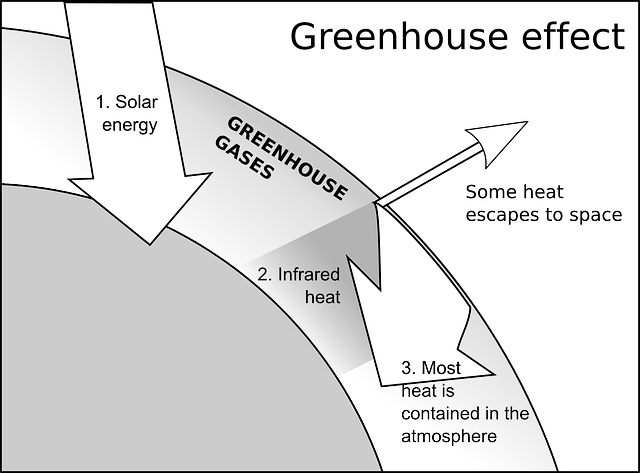Marine Biome: Location, Climate, Plants, Animals, and Types of Marine Biomes
Marine is the largest biome in the world. It takes up a whopping 70% of the Earth and accounts for 90% of the world’s water supply. This biome boasts more than 230 distinct species. The Marine biome is characterized by salty waters that have a lot of biodiversity making up numerous complex ecosystems. The marine…

